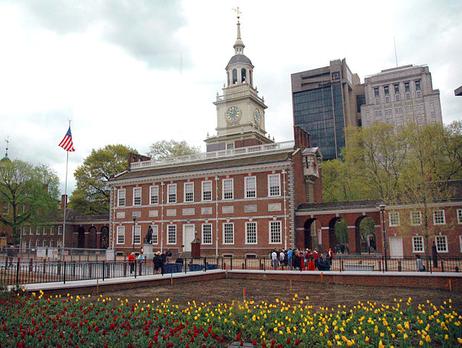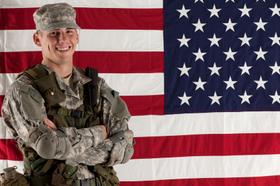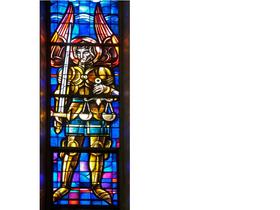When planning your children's summer, you give yourself two gifts. The first is engaged, active, happy children. The second gift is the comfort of knowing that you are expanding their knowledge in an informal, supervised learning situation.
When I was growing up, my parents decamped every summer from Montreal to Woodlands, on the shores of Lac Saint Louis about 30 miles west of the city. They rented a cottage across the road from the lake. We took swimming and sailing lessons at the Woodlands Yacht Club and helped with the large garden, which provided vegetables and flowers during the short Canadian summer. It was idyllic and safe. The routine was pleasant and predictable. My parents were not wealthy. In the 1950s, a lower-middle-class family of seven could make summers like the ones I described above happen for a meager cost. Fast forward to the 21st century, that's essentially what the summer camps and summer schools that have sprung up over the past forty years do, namely, to provide an activity-filled day in a safe, well-supervised environment.
The most important caveat when selecting a summer program is to make certain that you understand all the aspects involved. Know everything about the quality of the activities, the supervision, snacks and meals, and all the other details. Assume nothing. Most schools and churches that run summer camps will be happy to answer your questions.
Now, let's look at options available at various age levels.
Elementary grades
Let's assume that your children's

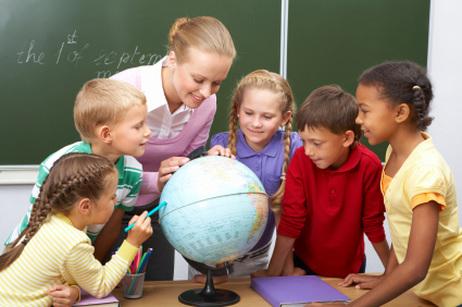
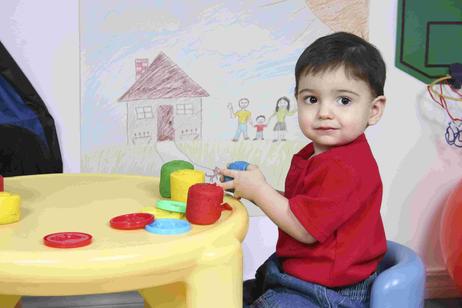
 Dr. Maria Montessori (1870-1952) was born and raised in Italy. She came from a family of modest means. Her father did not approve of his daughter's desire to be educated much less to become a doctor. Women didn't do such things back at the end of the 19th century. Despite the many obstacles which stood in her way Maria earned her degree from the University of Rome in 1896. Her specialty was pediatric medicine.
Dr. Maria Montessori (1870-1952) was born and raised in Italy. She came from a family of modest means. Her father did not approve of his daughter's desire to be educated much less to become a doctor. Women didn't do such things back at the end of the 19th century. Despite the many obstacles which stood in her way Maria earned her degree from the University of Rome in 1896. Her specialty was pediatric medicine.

.jpg)
